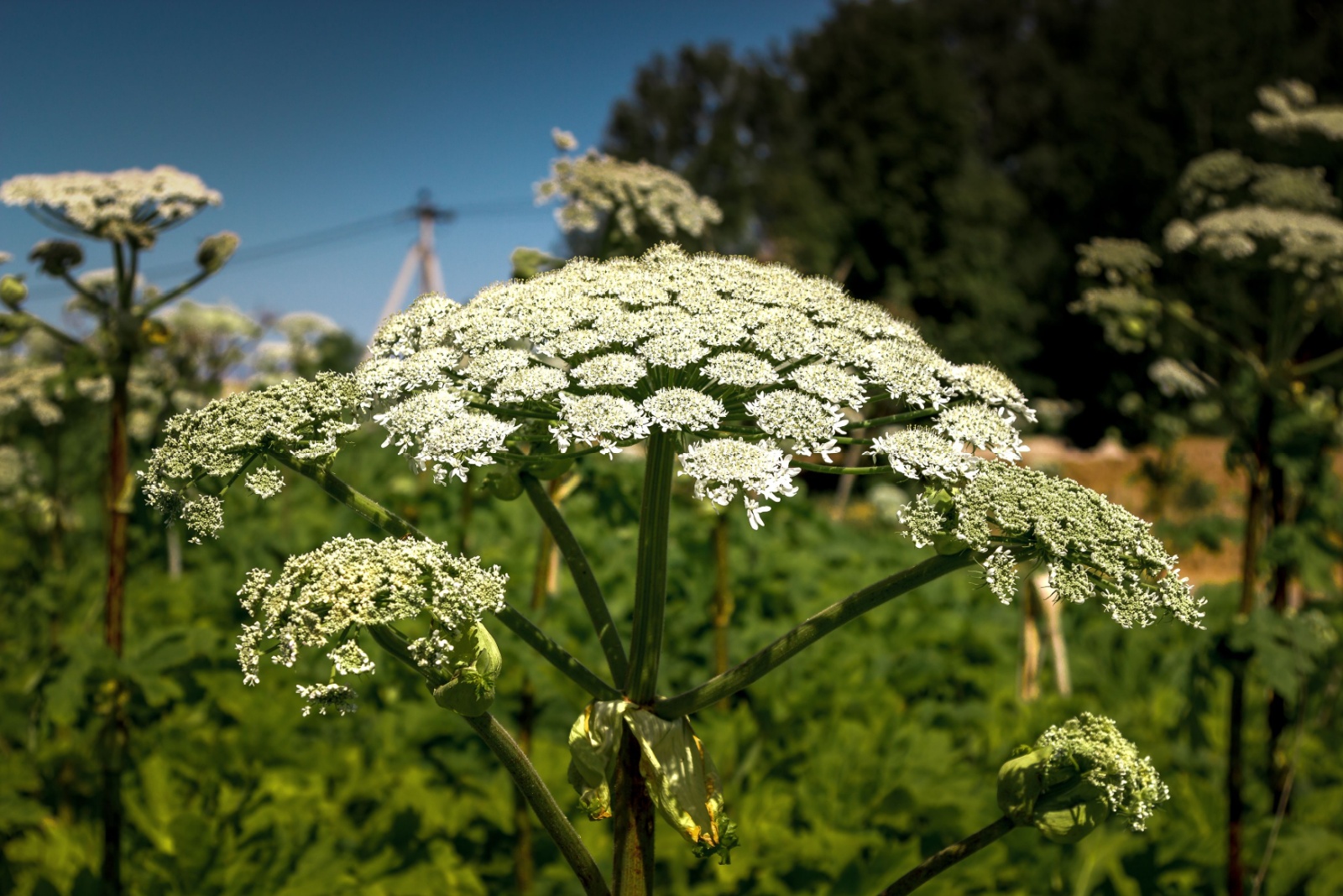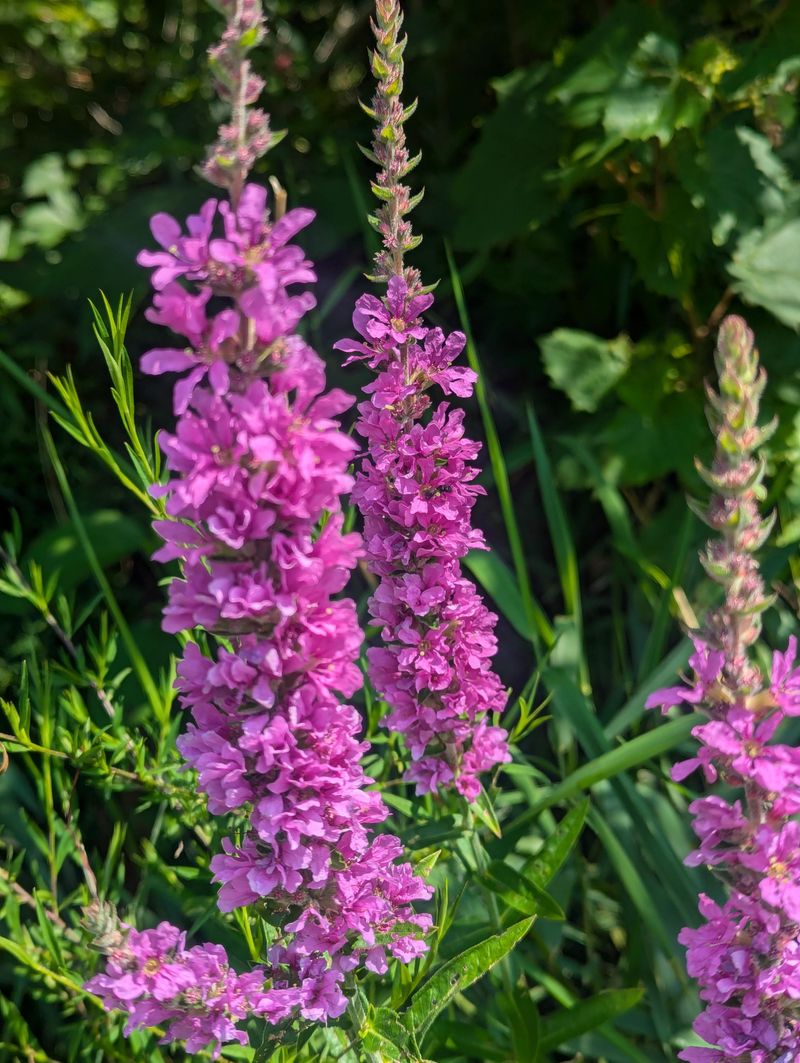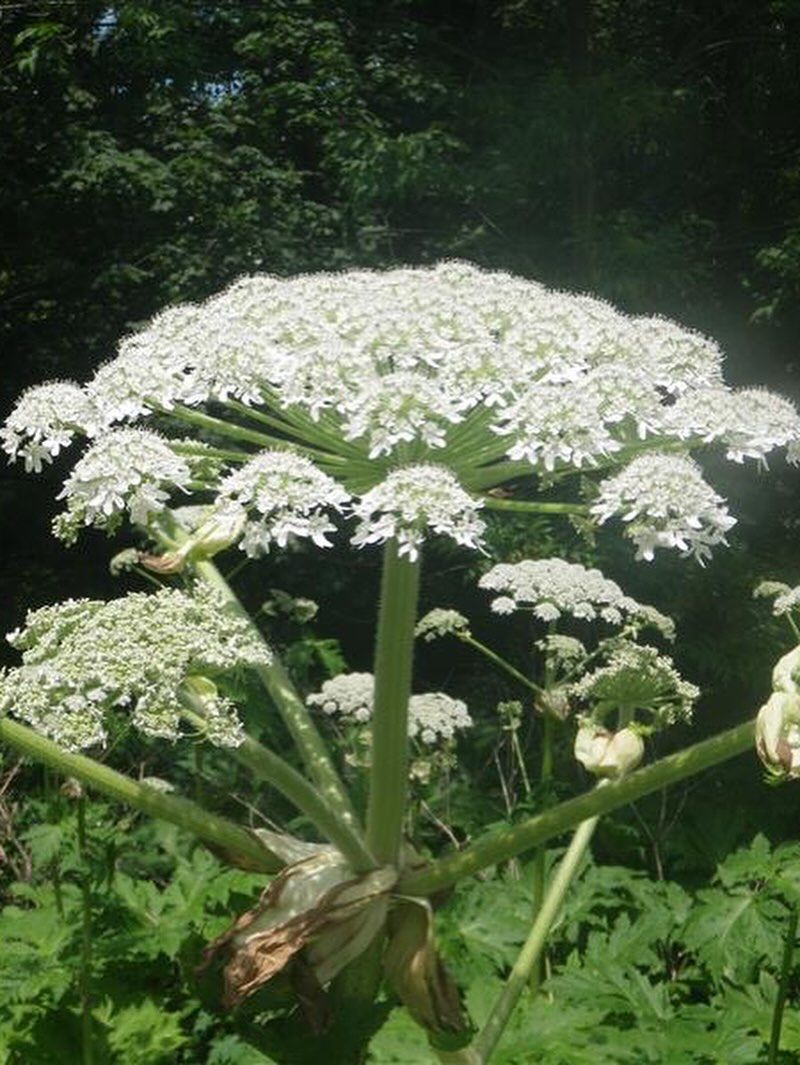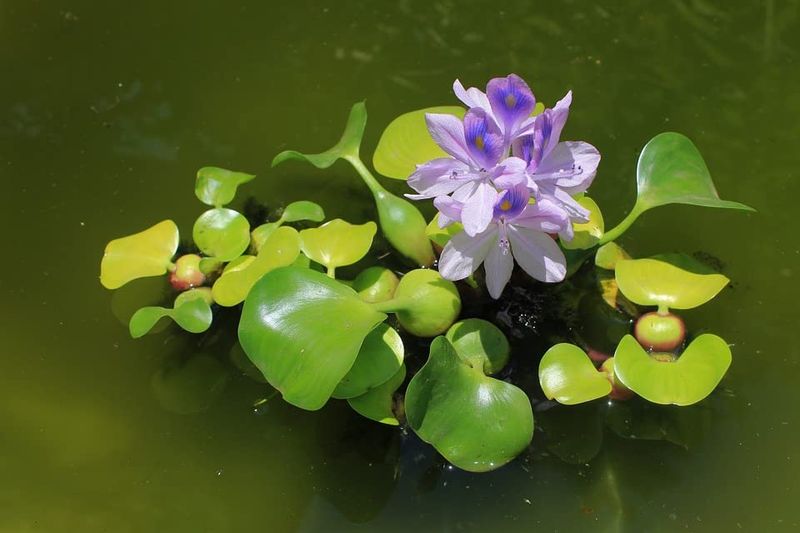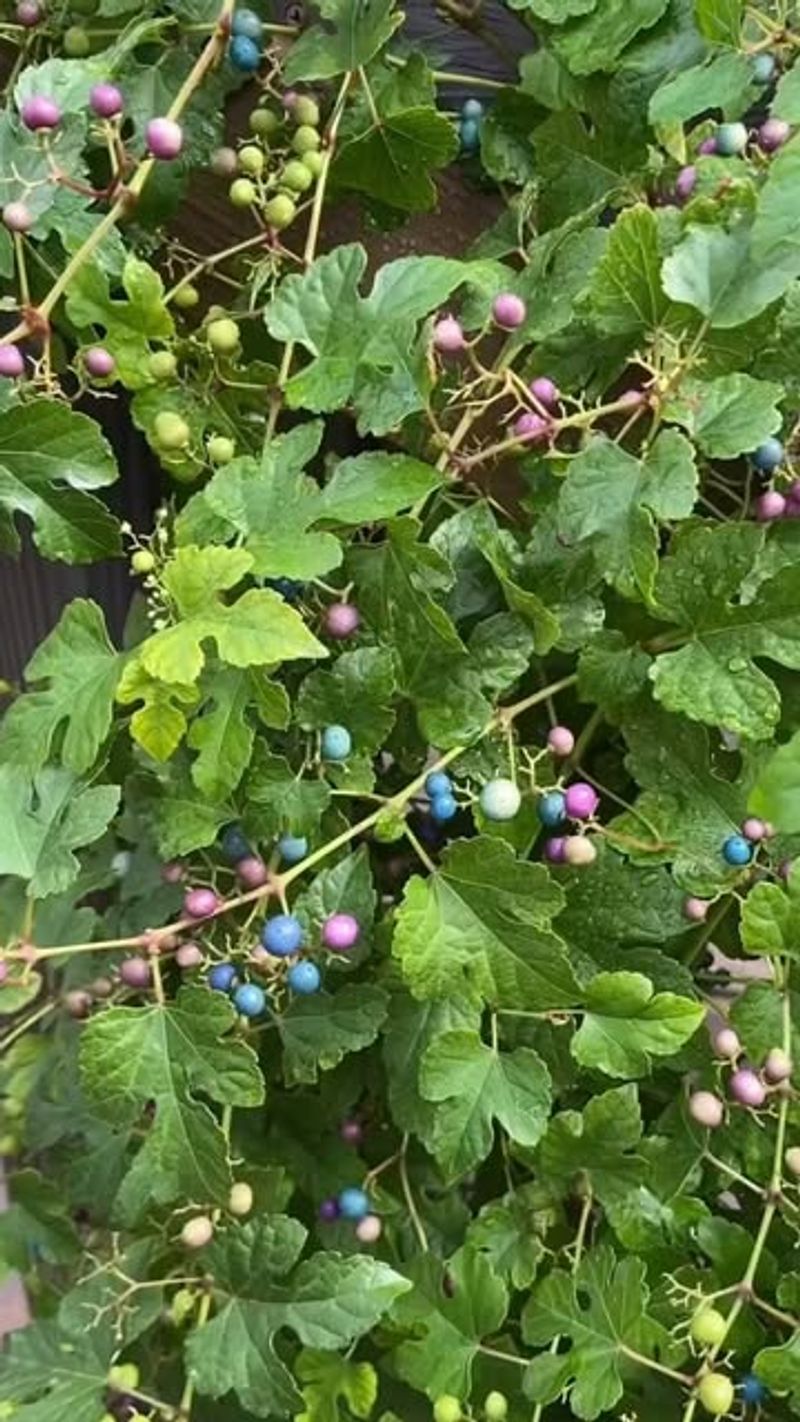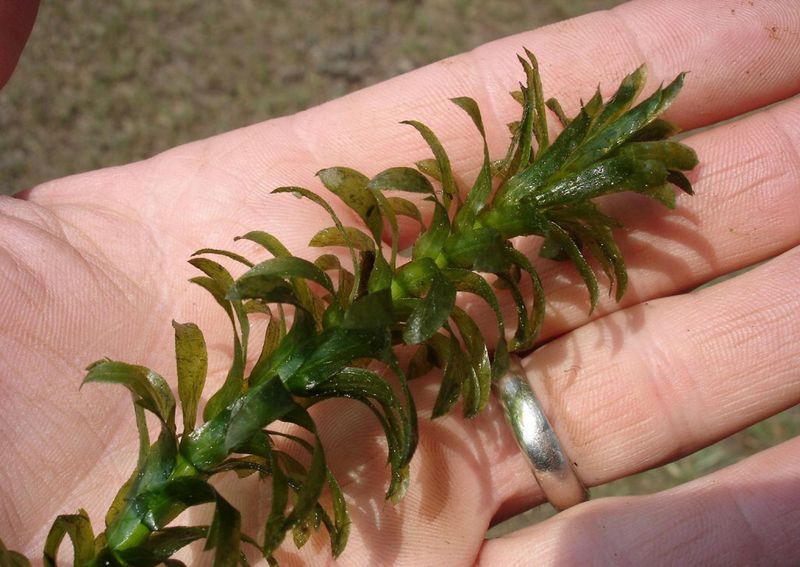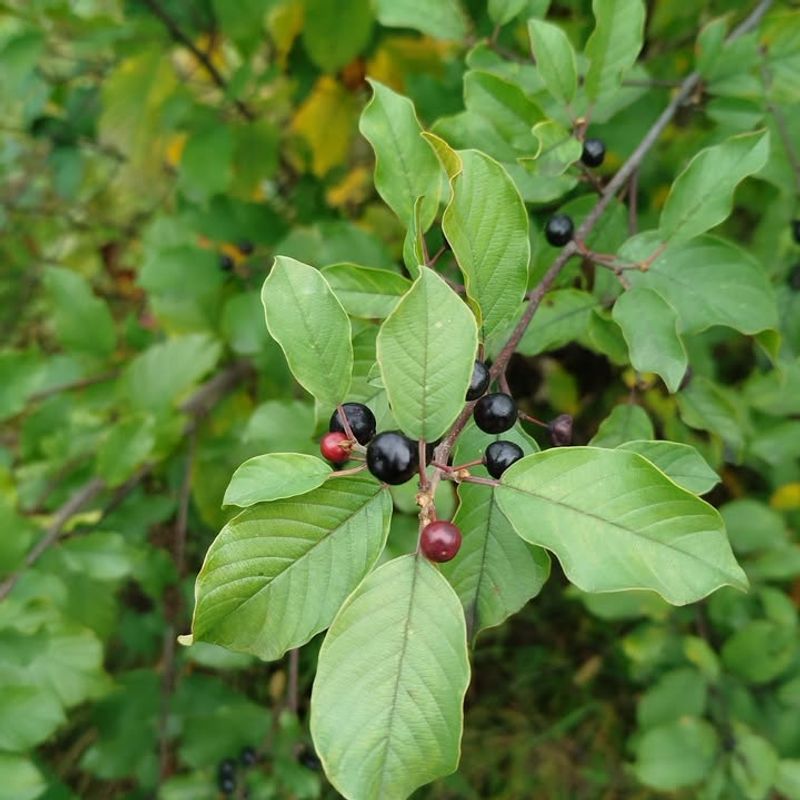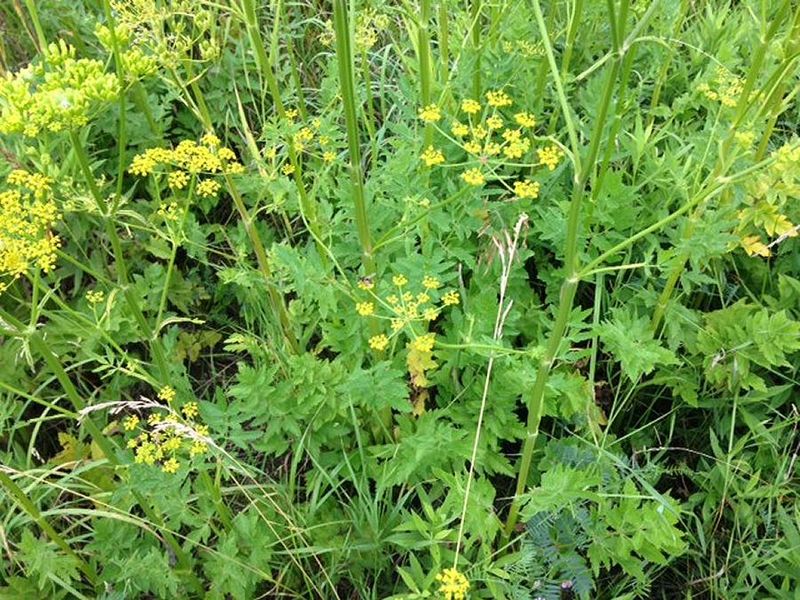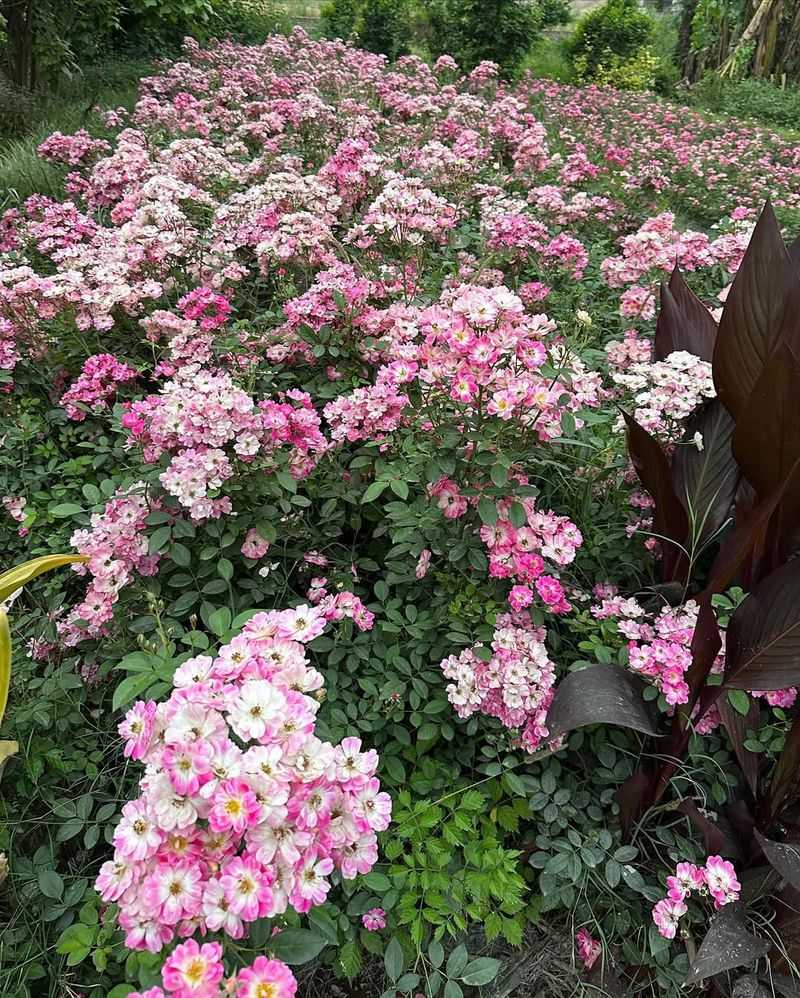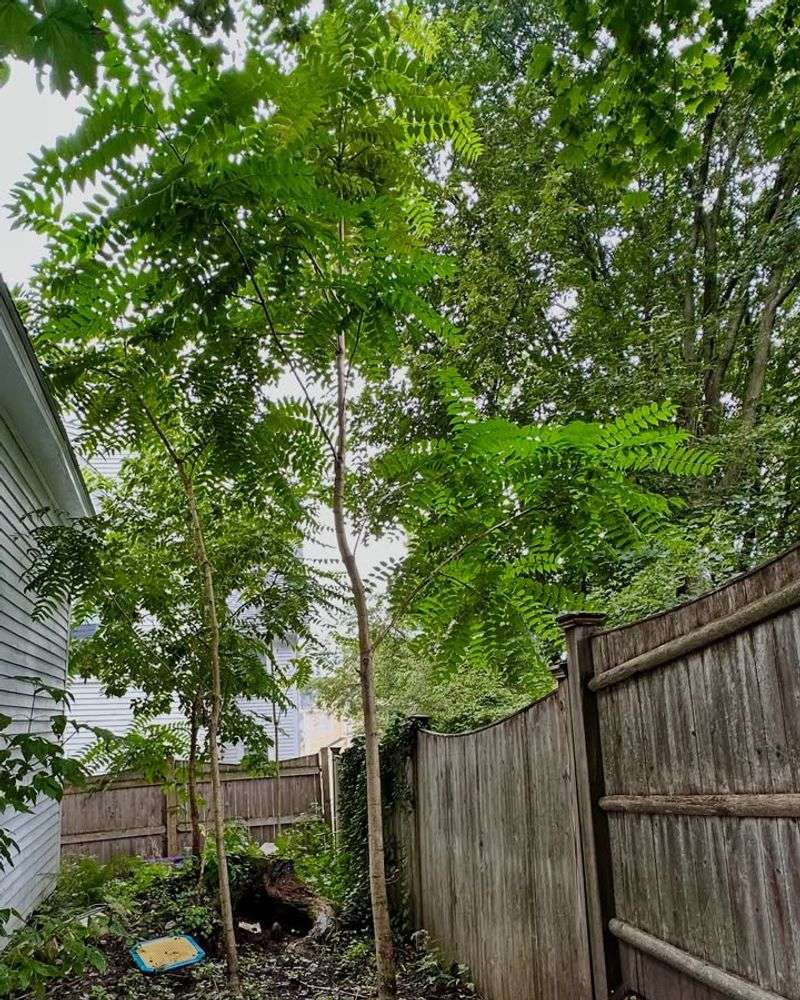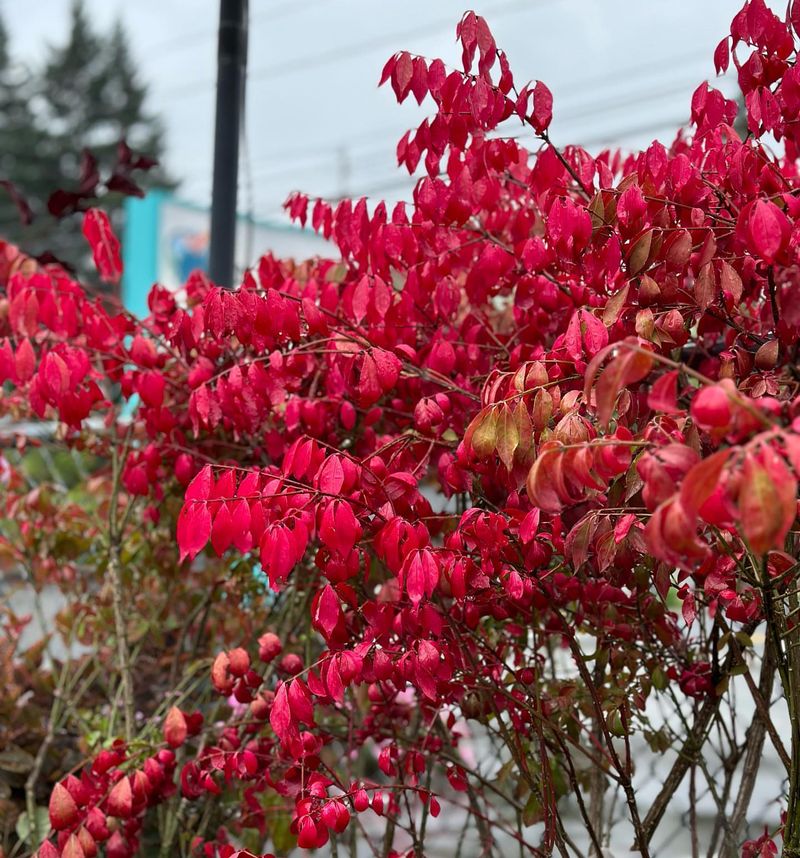Wisconsin gardeners take pride in their backyard harvests, but not all plants are welcome in the Badger State. State agricultural laws restrict certain species that threaten native ecosystems, agricultural industries, or public health.
Before you plant your next garden, check out these 11 surprising crops that could land you in hot water with Wisconsin’s Department of Natural Resources.
1. Japanese Barberry: The Deceptive Ornamental
Originally imported as a decorative shrub, Japanese Barberry has been banned across Wisconsin since 2015. Many gardening centers sold this plant for years before researchers discovered its invasive tendencies.
Wisconsin’s forests suffer when this thorny shrub establishes itself, as it creates perfect hiding spots for ticks carrying Lyme disease. My cousin in Madison had to remove three mature bushes after learning about the ban.
The plant’s ability to thrive in various conditions makes it particularly troublesome, outcompeting native vegetation and disrupting local ecosystems throughout the state.
2. Purple Loosestrife: Beautiful But Destructive
Despite its stunning purple flowers that bloom throughout summer, this wetland invader is strictly prohibited in Wisconsin gardens. The plant produces over two million seeds per year, quickly overtaking native vegetation.
I’ve seen entire marshes near Lake Winnebago transformed by this single species. Wisconsin’s Department of Natural Resources spends thousands annually on beetle releases to combat existing infestations.
Homeowners caught cultivating this beauty face fines starting at $100, as it’s classified as a restricted invasive species under Wisconsin’s NR 40 regulation.
3. Giant Hogweed: The Dangerous Towering Plant
Standing up to 15 feet tall with dinner-plate sized white flower clusters, Giant Hogweed looks impressive but hides a dangerous secret. Its sap contains chemicals that cause severe burns when skin is exposed to sunlight.
Wisconsin authorities actively remove any reported specimens. A gardener in Eau Claire ended up hospitalized after accidentally brushing against one while clearing brush on newly purchased property.
The state maintains an emergency hotline specifically for reporting sightings of this federally listed noxious weed, emphasizing how seriously they take its potential spread.
4. Water Hyacinth: Pond Choker
The floating lavender flowers might look charming in water gardens, but Water Hyacinth is completely prohibited in Wisconsin. A single plant can multiply into 500 offspring in just one growing season.
Last summer, a neighborhood pond in Waukesha had to be drained and treated after someone dumped aquarium contents containing this species. The cleanup cost exceeded $8,000.
Wisconsin’s cold winters typically kill this tropical plant, but climate change has officials worried about potential survival in protected southern waterways where it could devastate aquatic ecosystems.
5. Porcelain Berry: The Vine That Swallows Trees
Often mistaken for wild grape, this Asian vine produces distinctive berries in shades of turquoise, purple, and blue. Wisconsin added it to the prohibited species list after witnessing its destruction in neighboring states.
The vines grow up to 15 feet annually, forming dense mats that smother trees and shrubs. During a hiking trip near the Mississippi River, I was shocked to see entire sections of forest completely draped in this single species.
Gardeners who purchased this plant before the ban must remove it, as its colorful berries are spread widely by birds throughout Wisconsin’s woodlands.
6. Brazilian Elodea: The Aquarium Escape Artist
Popular in home aquariums, this oxygen-producing plant becomes a nightmare when released into Wisconsin’s waterways. A fragment as small as an inch can regenerate into a full plant.
Boat propellers chop and spread Brazilian Elodea, creating thousands of new plants with each pass. Several lakes in southern Wisconsin have implemented mandatory boat washing stations after infestations were discovered.
The dense underwater mats block sunlight for native species and can make swimming dangerous, as the tangled masses have caused drownings by entangling swimmers’ legs.
7. Common Buckthorn: The Forest Invader
Once promoted as an excellent hedging plant, Common Buckthorn is now Wisconsin’s most widespread woody invasive. Its berries act as a powerful laxative for birds, spreading seeds far and wide.
The plant creates a monoculture by releasing chemicals that inhibit native plant growth. When my family purchased property near Green Bay, removing the buckthorn thickets was our first priority – a task that took three full seasons.
Wisconsin nurseries are prohibited from selling this species, and many counties offer free removal tools to encourage homeowners to eradicate existing plants.
8. Wild Parsnip: The Roadside Burn Hazard
Related to the vegetable parsnip, the wild variety produces yellow umbrella-shaped flowers and contains sap that causes painful blisters. Wisconsin highway departments spend millions annually controlling this roadside menace.
The plant escaped from early European settlers’ gardens and now threatens prairies and open areas throughout the state. A friend working on prairie restoration near Madison suffered second-degree burns after accidentally cutting stems on a foggy morning.
Growing this plant intentionally violates state invasive species regulations, though many gardeners mistake young plants for dill or fennel before the dangerous flowering stalks appear.
9. Multiflora Rose: The Thorny Nightmare
Originally introduced for erosion control and living fences, Multiflora Rose quickly escaped cultivation. A single plant produces up to a million seeds that remain viable in Wisconsin soil for decades.
The dense, thorny thickets create impenetrable barriers for humans while providing perfect habitat for crop-damaging pests. Farmers across central Wisconsin have abandoned fields overtaken by this aggressive plant.
State regulations now prohibit intentional cultivation, and agricultural extension offices provide guidance on chemical and mechanical removal techniques for existing infestations.
10. Tree-Of-Heaven: Deceptively Named Invader
Despite its heavenly name, this fast-growing tree from China creates hellish conditions for native plants. Its roots release chemicals that prevent other species from growing nearby, creating single-species stands.
The Wisconsin DNR added it to the restricted species list after discovering its role as the preferred host for spotted lanternfly, an agricultural pest threatening the state’s fruit industries. Female trees can produce over 300,000 seeds annually.
Homeowners who discover these trees on their property should report them immediately, as they’re now subject to mandatory removal throughout most Wisconsin counties.
11. Burning Bush: The Fall Color That Fell From Favor
Known for spectacular crimson fall foliage, Burning Bush was a landscape staple until Wisconsin classified it as a restricted species in 2015. Birds spread the seeds into natural areas where the shrubs outcompete native understory plants.
Walking through Kettle Moraine State Forest last autumn, I noticed entire hillsides turning red from escaped specimens. The plant’s ability to thrive in deep shade makes it particularly threatening to Wisconsin’s woodland ecosystems.
While existing plants can remain, selling or transporting new specimens is prohibited, forcing landscapers to recommend native alternatives like Wisconsin’s own American highbush cranberry.

